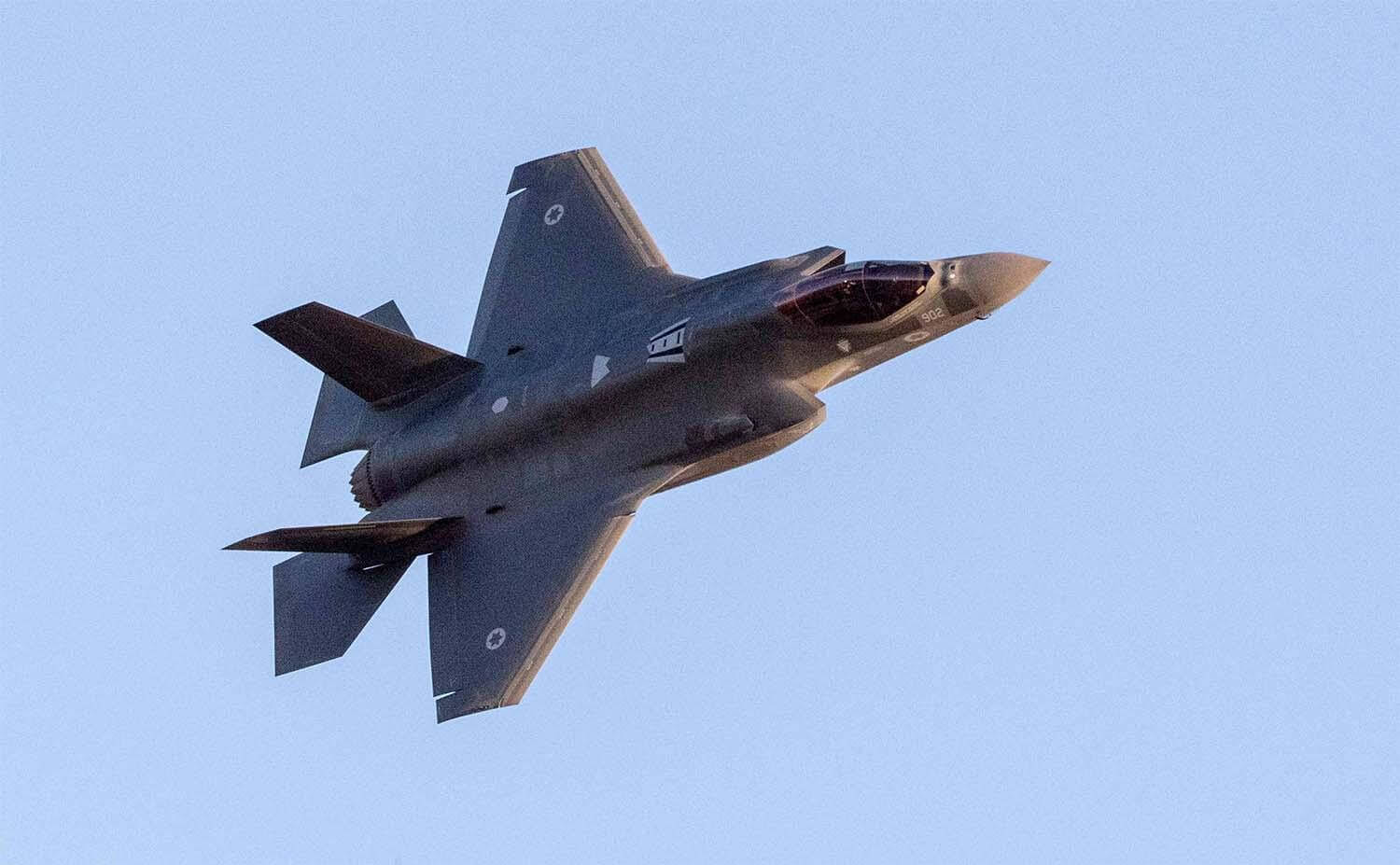On Wednesday, Israel launched missiles targeting Iranian revolutionary guard bases in southern Syria, in what was the third attack in the last ten days.
During an interview with Syrian State TV, a Syrian military spokesman said that missiles flying over the Golan Heights targeted several locations and that Iranian air defences shot down several missiles. Further two military defectors said the strikes hit the Kisswa area in the southern outskirts of Damascus and military bases used by Lebanon’s pro-Iranian Hezbollah group.
The Israeli military has made no immediate comments yet. However, last month, after a similar missile attack, Israel’s Defence Force Chief of Staff, Aviv Kochavi, said that the attacks had “slowed down Iran’s entrenchment in Syria”. Speaking to Israeli media at the time, he said, “We have struck over 500 targets this year, on all fronts, in addition to multiple clandestine missions.”
In recent months Israel has made several attacks on Iranian-backed militias bases in eastern, central, and southern Syria. Last year, in July, Israel reportedly struck a major Iran-backed ammunition depot on the edge of the capital city of Damascus, killing several Iranian fighters. A few months later, in December, the Israeli military launched a similar attack in Golan Heights, killing at least ten people. According to observers, “Israel’s strikes on Syria are part of a shadow war approved by the United States (US) and part of its anti-Iran policy.”
The Golan Heights plateau has been a matter of contention between Israel and Syria for years. The plateau stretches across nearly 1,200 square kilometres and offers expansive views of Lebanon, Syria, and the Jordan Valley, giving it strategic military importance. It was occupied by Israel in the closing stages of the Six-Day War of 1967, and since then has been claimed by both countries, with repeated negotiations failing to bring any resolution.
Though Israel passed a law in 1981 effectively annexing the area, it was not internationally recognised until US President Donald Trump unilaterally declared it part of Israel in March 2019. Secretary of State Mike Pompeo reaffirmed the US’ position on the matter in November when he visited the Golan and said that Washington’s recognition of the area as Israeli territory was “simply a recognition of reality.”
However, no other country has followed suit. On December 2, 2020, the United Nations General Assembly voted with a sweeping majority in favour of affirming Syria’s sovereignty over the occupied Golan Heights, deeming any unilateral Israeli action in the region null and void.
Israel Strikes Iranian Military Targets in Southern Syria Once Again
Although Israel has not yet commented on or taken responsibility for the latest attack, it does follow a recent trend of Israel striking key Iranian military establishments in Syria.
January 9, 2021

SOURCE: MIDDLE EAST ONLINE
